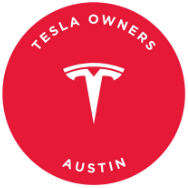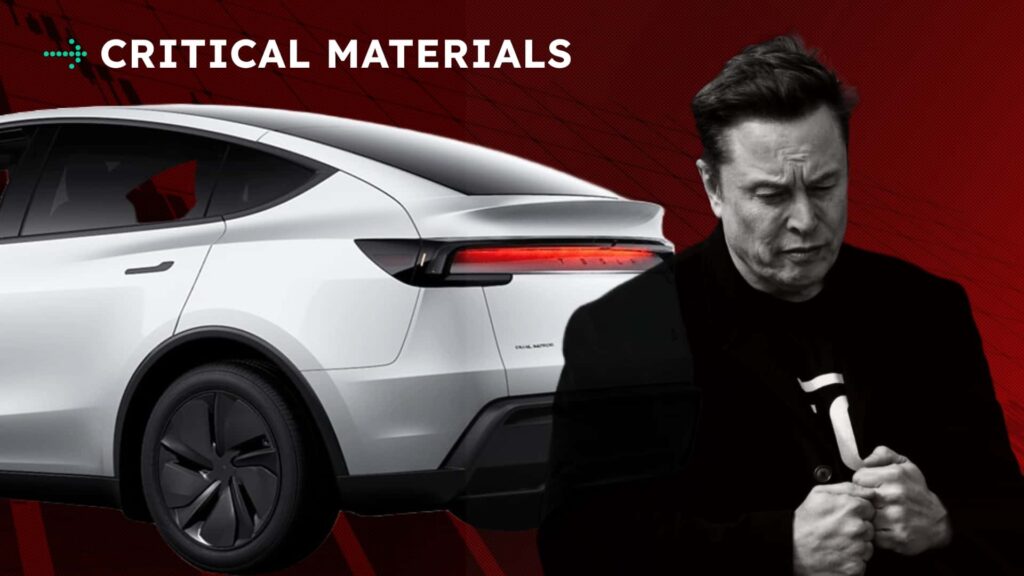With the ongoing scrutiny over Musk’s pay package, Tesla’s board is facing pressure to come up with a new plan that satisfies both shareholders and Musk himself. The multi-billion-dollar payday has been a contentious issue since it was first awarded in 2018, with accusations of it being pushed through without proper consideration. The courts intervened, leading to a shareholder vote that was ultimately stayed by a judge.
Now, a special committee consisting of Tesla board chair Robyn Denholm and board member Kathleen Wilson-Thompson has been tasked with revisiting the pay package and determining how to reward Musk for his past performance. There is speculation that the committee may also be looking for ways to incentivize Musk to stay with the company amidst rumors of his potential departure.
Musk has previously hinted at the possibility of leaving Tesla if he did not receive at least 25% ownership of the company. Despite denials from both Musk and Tesla, there were rumors circulating about the board seeking a replacement for Musk at one point. The current status of the pay proposal remains uncertain, with the committee in the early stages of deliberation.
According to reports, major investors have been in communication with the board regarding Musk’s pay and leadership of the company. The proxy statement for Tesla’s annual meeting may be delayed to allow the committee more time to formulate new pay proposals for shareholder approval. Any new stock options would be tied to specific financial, operational, and share price targets.
One of the main challenges facing the committee is balancing Musk’s evolving reputation with the need to fairly compensate him for his contributions to Tesla. Musk’s image has shifted over the years, from a visionary entrepreneur to the world’s richest person with a more controversial public persona. As the committee continues its deliberations, the outcome of Musk’s pay package remains uncertain.
Overall, the saga of Musk’s massive pay package continues to unfold, highlighting the complexities of executive compensation and corporate governance in a rapidly evolving industry.
In a recent warning, Tesla expressed concern about the impact of changing political sentiment on the demand for its products. This warning comes in light of a significant drop in demand for Tesla vehicles in recent months, particularly for the Cybertruck model.
The company emphasized the importance of affordable options in order to maintain strong sales figures. Tesla’s CEO, Elon Musk, has been under scrutiny for his compensation package, with a special committee tasked with evaluating his performance over the past few months.
Meanwhile, Subaru is reevaluating its electrification plans in response to a $2.5 billion impact from tariffs. The automaker still aims to electrify all of its vehicles by the first half of 2030, but the timeline for this transition may be delayed due to financial constraints.
Subaru recently unveiled the Trailseeker, a fully electric vehicle that has garnered significant interest from customers. However, the company is also focusing on hybrid models, such as the hybrid version of the Subaru Forester set to launch in 2025. These hybrid vehicles are seen as a way to attract new buyers, particularly on the U.S. West Coast.
With the potential abolishment of the $7,500 EV tax credit looming, Subaru is at a crossroads in terms of its electrification strategy. The company recognizes the importance of embracing electrification but is also exploring different pathways to achieve this goal. While hybrids offer a bridge between traditional gas-powered vehicles and fully electric cars, Subaru understands that the future of transportation lies in sustainable and environmentally friendly options.
As the Chinese EV manufacturer Xiaomi faces challenges at home with its SU7 model, the repercussions of these issues could have a ripple effect on the future of electric vehicles in America. With concerns about quality, customer trust, and safety plaguing Xiaomi, it raises questions about the overall viability of EVs in the market.
The Xiaomi SU7, once hailed as a popular choice among consumers, has recently fallen into a sales slump due to a series of quality problems and regulatory concerns. Ranking last in the China Automobile Quality Network’s Q1 2025 report, the SU7 received the highest number of penalty points, indicating a high risk of defects and a high complaint-to-sales ratio.
Moreover, Xiaomi’s credibility took a hit when customers discovered that a $5,800 carbon fiber hood with dual cooling ducts did not actually improve cooling as advertised. Additionally, a software update that initially reduced the SU7 Ultra’s horsepower led to consumer backlash, forcing Xiaomi to reinstate the original power output. These incidents have eroded consumer trust in the brand and raised concerns about the company’s transparency and integrity.
Furthermore, a fatal accident involving the SU7’s smart driving features prompted Chinese regulators to tighten oversight on autonomous vehicle claims. This crackdown on misleading marketing practices has impacted Xiaomi’s sales, with new orders for the SU7 plummeting by 55% in April compared to the previous month.
As Xiaomi grapples with a credibility crisis and dwindling sales, it underscores the challenges that EV manufacturers face in building trust and reliability in the market. The future of EVs in America may be influenced by how companies like Xiaomi navigate these issues and regain consumer confidence.
For Subaru, a potential shift towards electric vehicles could be impacted by the outcome of Xiaomi’s struggles. Depending on how the EV market evolves and consumer preferences change, Subaru may need to reevaluate its timeline for introducing more battery electric vehicles into its lineup. As competition in the EV space intensifies, companies will need to prioritize quality, safety, and transparency to succeed in the rapidly evolving market.
In conclusion, Xiaomi’s current challenges with the SU7 model serve as a cautionary tale for the broader EV industry. As companies strive to innovate and capture market share, maintaining trust and credibility with consumers will be paramount. The future of EVs in America hinges on how manufacturers address these critical issues and adapt to changing market dynamics.
What would the world look like?
For starters, we would see a significant reduction in greenhouse gas emissions. Hybrids are more fuel-efficient than traditional internal combustion engines, which means less carbon dioxide and other pollutants being released into the atmosphere. This would be a huge win for the environment and for public health.
Additionally, a hybrid-only world would likely lead to a decrease in our dependence on fossil fuels. While hybrids still rely on gasoline to some extent, they use it more efficiently, meaning we would need less of it overall. This could help to stabilize fuel prices and reduce our reliance on oil-producing countries.
From a consumer standpoint, a hybrid-only world could also lead to cost savings. While hybrids are typically more expensive upfront than traditional vehicles, they often save drivers money in the long run through lower fuel costs. This could make owning a car more affordable for many people.
However, there are some potential downsides to a hybrid-only world as well. For one, it could slow down the development of fully electric vehicles. Automakers may become complacent with hybrid technology and delay investing in more sustainable options. This could ultimately hinder progress towards a carbon-neutral future.
Additionally, a hybrid-only world could limit consumer choice. Some drivers may prefer fully electric vehicles for their zero-emission capabilities, while others may prefer traditional gasoline engines for their performance. By restricting options to hybrids only, we could be limiting innovation and creativity in the automotive industry.
In conclusion, while a hybrid-only world would certainly have its benefits, it’s important to consider the potential drawbacks as well. As we navigate the transition to a more sustainable transportation future, it’s crucial that we continue to explore a variety of technologies and options. After all, variety is the spice of life, and the automotive industry is no exception.

